Systemized forms of Martial Arts have existed for over 4,000 years. Ancient stories describe competitions and sculptures and drawings depict people punching and kicking in a stylized way suggesting competition and training, not warfare and combat.
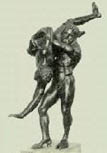
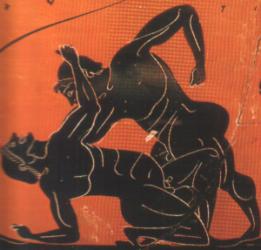
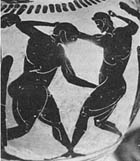
Chinese Swordsman Sun T’zu’s book of strategy, The Art of War, is more than 2,000 years old and other combat manuals were written throughout Asia over hundreds of years ago.
Most of the well-known modern martial arts are around 100 years old. The founders of these schools studied martial arts that were older. They made some changes so that more people could learn and improve their lives through the martial arts. They still wanted to teach techniques but in a way that would be organized, peaceful, and easy to learn.
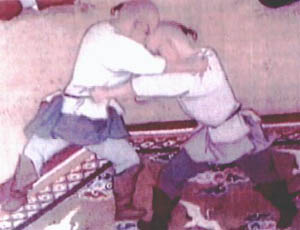

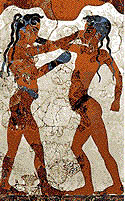
Over thousands of years, Martial arts have become more refined and organized. Now they are highly effective means of defending yourself and becoming physically fit.
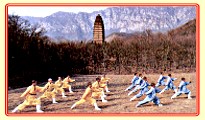
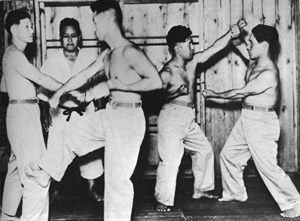
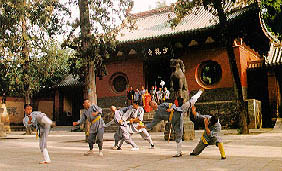
Physical and Mental Benefits
The origins of martial arts are based on the need for personal protection, however, the benefits are not strictly limited to self-defense, although that is a considerable benefit in itself. Martial arts are more than just methods of combat. They are systems that promote physical and psychological values. They benefit participants of all ages who are interested in sharpening their physical and mental skills, including concentration, self-confidence, and overall fitness. How deep the student dives into the philosophical and spiritual aspects is up to the individual student.

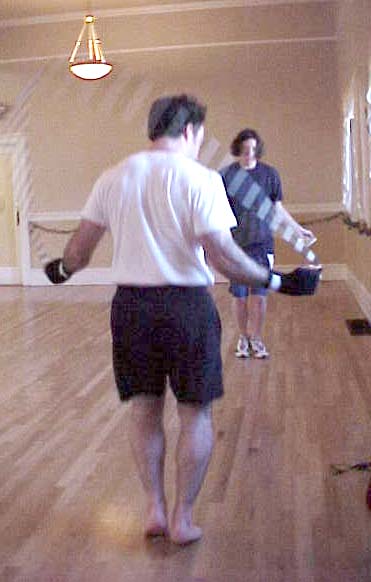
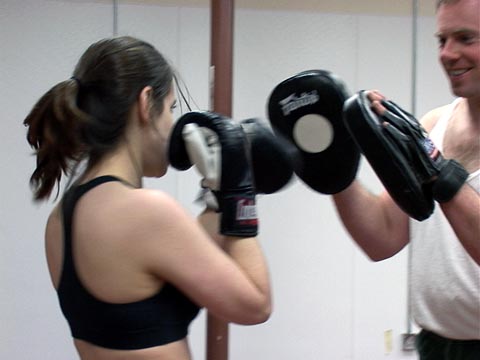
FITNESS
Martial arts training promotes balance, coordination, flexibility, speed, strength, agility, and stamina. Routine training develops the cardiovascular system for endurance, and to achieve long-range endurance students perform strenuous exercises repetitiously. The unique point about martial arts training is that students not only achieve self-defense skills: simultaneously, they achieve varying states of physical fitness depending on the degree of exercises. This dual benefit is what attracts participants to Unbridled Martial Arts and continues to attract new students who do not want to exercise just for the sake of exercising.
CONFRONTING FEAR
Fear is an essential element of the human condition. It alerts us to dangers and prepares the body for “fight or flight.” Simply watching the news lets us know there is an unlimited amount of danger in the world today, and that fact alone can cause many fears, some justifiable and some imagined. Warranted or not, fear is an imposing element on people’s state of health. Fears gone unchecked can cause numerous emotional, mental and physical ailments. These include depression, paranoia, the inability to concentrate, muscle tension, high blood pressure, insomnia, and gastrointestinal maladies. Because the application of martial arts skills has been time-tested and proven effective in combat, training in martial arts is a viable approach to confronting and conquering unwarranted fears. Being able to realistically defend one’s self is a reassuring advantage that is not based upon a false sense of security. Students in the UMA program are encouraged to acknowledge their intuitive sense and be attuned to the signals that fear gives them. (Attuned and not governed. Enabled and not “Un-abled.”)
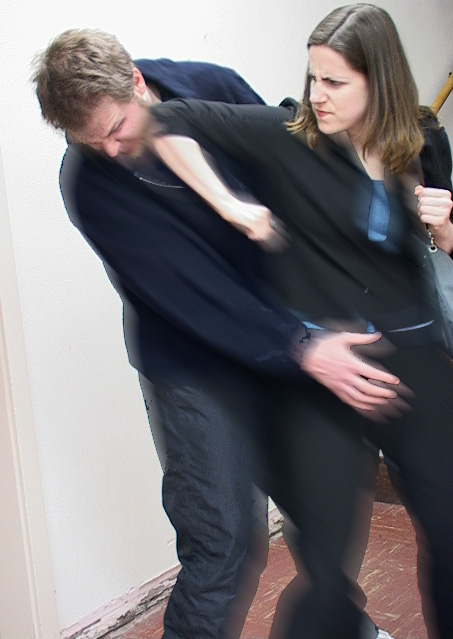
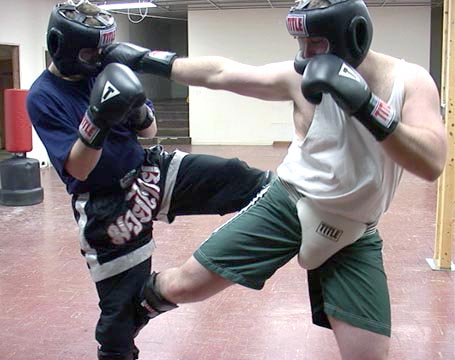
REDUCED STRESS
Stress is a fact of everyday life. Some stress can be good for you because it inspires you to meet life’s challenges. But too much stress can harm your physical and mental well-being. That’s why you need to be able to control stress –so it doesn’t control you.
Over a long period of time, the built up tension of stress can affect your health and contribute to such things as high blood pressure, heart attack, and stroke. Stress affects your mind and takes its toll on your thinking and emotions. It drains vital energy and can make you cranky and irritable. Stress causes some people to seek relief by abusing alcohol and other drugs.
Stress can attack your self-esteem and lessen positive feelings of self-worth. It can make it harder to relate to people in ways you would like to, and it can rob you of the energy you need to fully participate in activities and events around you.
Martial arts training includes breathing and relaxation exercises and visualization drills which can help to better manage stress and reduce anxiety. With the aid of martial arts training you can learn to manage stress so you feel: refreshed and renewed –instead of frazzled, in control –instead of hassled, calm –instead of nervous, at peace –instead of angry, and alive –instead of burned out.
OTHER ADDED BENEFITS
Through the study of Martial arts, students learn self-respect and respect for others; two characteristics that discourage forms of negative social behavior. Due to the nature of the combative drills students at Unbridled Martial Arts learn that cooperation is one of the best ways to achieve their objectives. Essentially, training in a class atmosphere gives students the opportunity to use their accumulative energy constructively.
The Japanese phrase: Satsujinken kara katsujinken made can be translated as “going from the sword that takes life to the sword that gives life.” This concept refers to the shift in focus of a martial artists. In the early stages of training, the student concentrates on the striking or grappling to overcome an opponent. At a more advanced level of study, the student comes to realize that the real value of martial arts training is not in knowing how to defeat another human being, but rather in improving the quality of life of everyone around them.